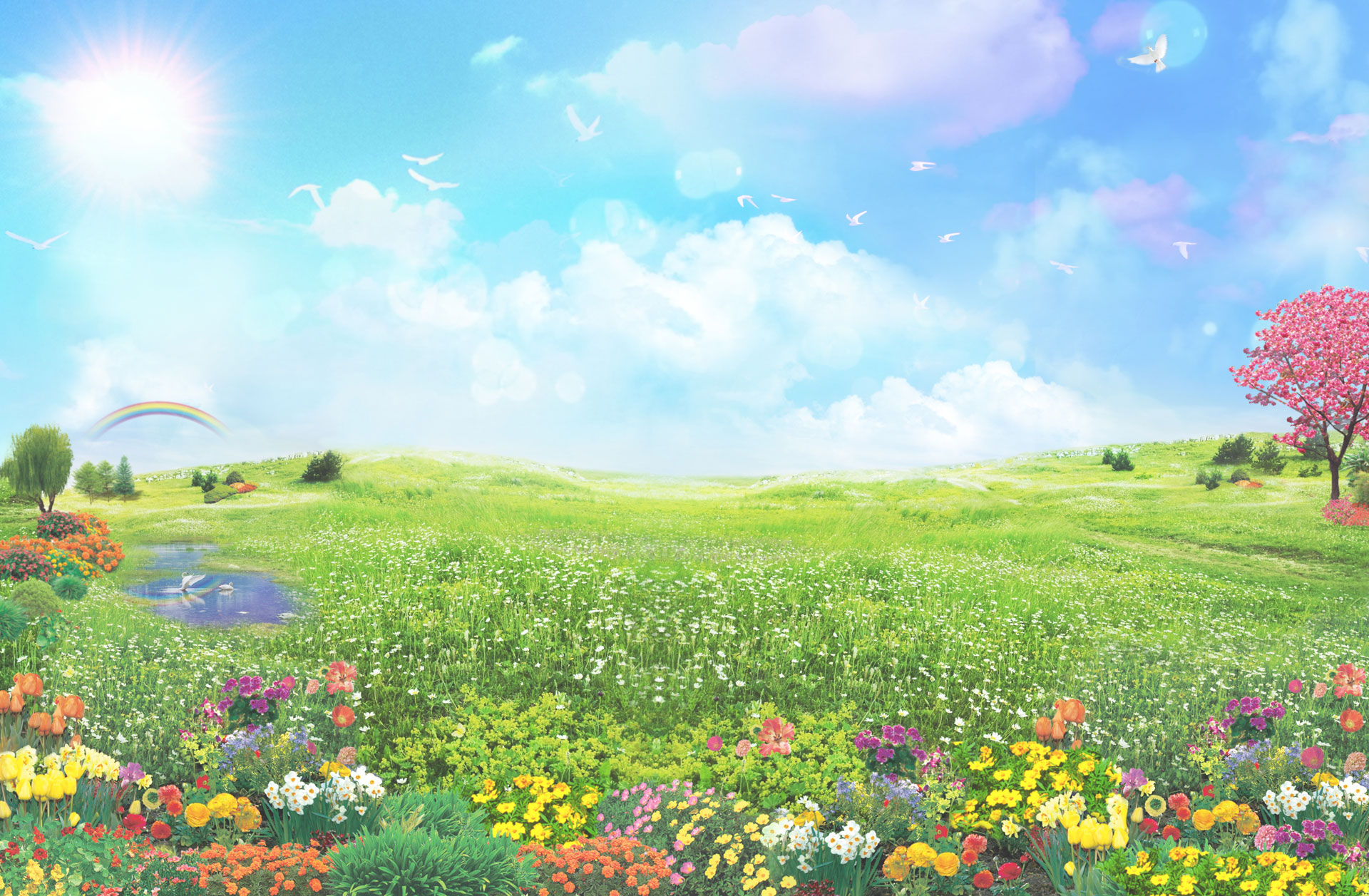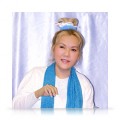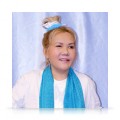The Fourteenth Zen Patriarch Nagarjuna Bodhisattva was born six-hundred years after Shakyamuni Buddha went into Nirvana. He was exceptionally gifted since he was a small child; because of hiskeen understanding of the sufferings and impermanence of this world, he went to live a ..(more)
Would you like to know how the fifteenth Patriarch Kanadaiba was tested by the fourteenth Patriarch Nagarjuna Bodhisattva? And how did the sixteenth Patriarch Rahulata receive initiation from the fifteenth Patriarch and follow him in spiritual practice? Please listen to ..(more)
Sanghānandi, the Seventeenth Zen Patriarch, was the prince of the Kingdom of Shravasti. He often talked about Buddha's teaching since he was a child. He already felt bored of this world when he was only 7 years old and asked permission from the king, his father, to leave ..(more)
The Eighteenth Zen Patriarch Gayasata once travelled to the country of Yueshi. There was a Brahman, Kumāralabdha, who had questions because of the peculiar behavior of his dog, and wished to obtain answers. This desire led him to meet with the Patriarch and he eventually ..(more)
Do you want to know the story of the nineteenth Zen Patriarch Kumaralabdha? Why was his father reborn as a dog after death? Why did he, after attaining the key of the Dharma, run all the way to a place three thousand kilometers away just for one of his disciples? Please ..(more)
When the twentieth Patriarch Jayata met the diligent ascetic Vasubandhu during his world travel while transforming sentient beings, Vasubandu was already very famous in that local area and had many followers. Why did the twentieth Patriarch say that Vasubandu was still ..(more)
Do you want to know which two saints appeared in the country of Nādikā one thousand years after Shakyamuni Buddha entered Nirvana? Why did King of Gotama give up his throne to follow Reverend Manorhita and become a monk? Why could he, even at such an old age, attain ..(more)
The Twenty-Third Zen Patriarch Haklenayaśas, named as Little Saint and Little Bodhisattva by many, became a monk at the age of 20, and practiced diligently in the mountains forests for nine years but didn't attain anything. He didn't attain the Tao until he met an ..(more)
The Twenty-fifth Patriarch Vasiasita travelled around many countries in India to take refuge. He won all the 50 debates with people from outside school about Buddhist sutras and teachings, and he kept calm in face of reproaches and challenges from King Desheng. In this ..(more)
Do you want to know the interesting stories of the spiritual practice of the Twenty-Sixth Zen Patriarch Punyamitra and the Twenty-Seventh Patriarch Prajñātāra? They are fellow practitioners up there, and both could teach Prajna Paramita and sutras, but why was one of ..(more)
After reading the historical records of the Twenty-eighth Zen Patriarch Bodhidharma and seeing his pictures, do you think Bodhidharma is a cold-hearted and harsh person? He was not moved even when Huike waited in snow for a whole night for his teachings; he passed on ..(more)
Provincial Governor Yang Xuanzhi begged Bodhidharma not to leave the world and to continue to transform sentient beings universally; the Patriarch, however, did not want to stay in the mundane world and cause ordinary people to be jealous and hate him which would ..(more)
In order to search for the Truth, the Twenty-ninth Zen Patriarch Huike read all the Scriptures and looked for Masters everywhere when he was young. Later, he was guided by a celestial being to go south to the Shaolin Temple to get initiated into Bodhidharma’s lineage. ..(more)
Do you know the story of the Thirtieth Zen Patriarch—Sengcan? He was extremely sick with leprosy; moreover, he had little knowledge and didn't learn much about Buddha’s teaching. He knew nothing at all, nor did he have any grand family background. Why could even such a ..(more)
The Thirty-first Zen Patriarch Daoxin became a monk at the age of 14, after following and studying with Master Sengcan diligently for nine years, he was taught the ultimate Dharma. Since then, he practiced even harder day and night, often sitting for meditation instead ..(more)




